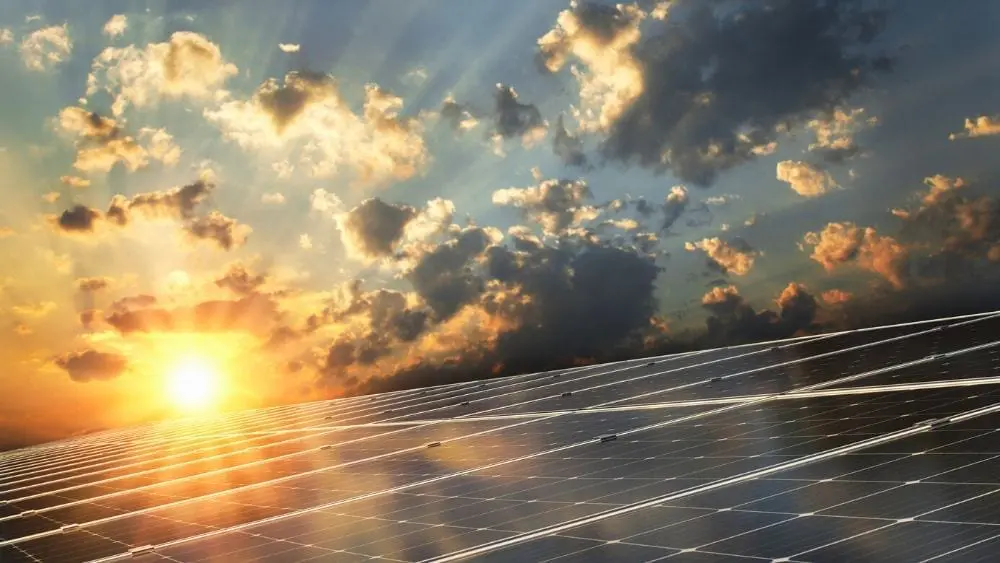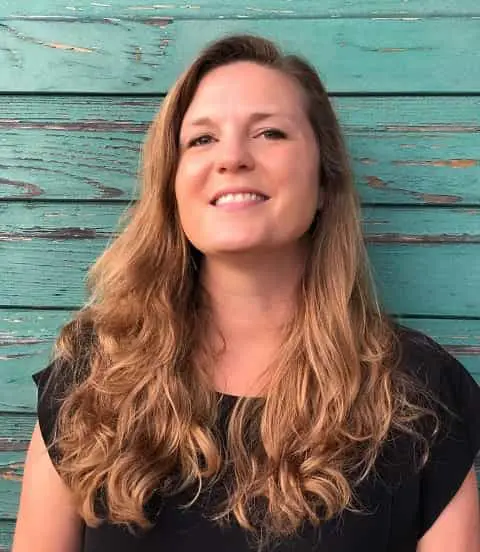
Like most of our current technologies, the solar industry is evolving constantly and quickly. While most of us recognize solar panels as the blueish rectangular modules that sit on rooftops, there are actually hundreds of options for every budget and style.
A powerful source of renewable energy, solar panels have been touted for decades as a clean way to power homes, businesses and even spacecraft. But how do solar panels work?
How Solar Panels Work: The Basics
Simply put, solar panels convert sunlight into electricity or thermal energy. A solar panel is made up of multiple solar cells fixed within a frame. The cells, called photovoltaic cells, are sandwiched between two layers of semi-conductive material (usually silicon) and use opposite ionic charges to establish an electrical field.
The beauty of photovoltaic cells is that they don’t require direct sunlight. They can capture any light and convert it into energy — even moonlight!
Innovations in Solar Panel Technologies
Good news for the planet and good news for you — the cost of solar is dropping nationwide. No longer an alt-technology, household names are getting in on solar. Tesla, Panasonic and LG are joining longtime players like SolarWorld, Canadian Solar and Trina. This added competition means more options, better prices and faster advancements.
Here’s what’s new in 2019 and beyond:
Double-sided solar panels
Formally known as bi-facial solar panels, double-sided panels can capture light through both surfaces of the panel. Double-sided panels have most of their aluminum backing removed, so both sides of the cells are utilized. This innovative design can capture light reflected either from the ground surface below or off of the roof.
The increased efficiency and power output means greater value for your money. Ollie Smith, CEO of UK-based price comparison websites EnergySeek and ExpertSure, says double-sided solar panel offers a 25 percent increase in output over other solar products.
Frameless solar panels
Gone are the days of ugly solar panels. As solar panels become more budget friendly, more style-conscious models are also hitting the market. Typically, homeowners have cited frames as the most unattractive part of solar panel design. In response, manufacturers have developed frameless panels that blend into the roof and come with their own dynamic mounting solution.
Clear solar panels
These innovative frameless panels are encased entirely in glass. They use the same silicon cell technology and materials of a standard panel, but instead of being mounted on an opaque backing, the cells are sandwiched between two panes of glass. Not only are they more attractive and more easily integrated into a building’s design, but clear solar panels are also more durable as well as fire-resistant. And developing fully transparent solar cells means any window or pane of glass has the potential to be turned into an energy source.
Tesla solar tiles
Leave it to Tesla to come up with an industry-revolutionizing product. Tesla solar tiles look just like a traditional roof. A single solar cell on each tile means there is no need for separate solar panels. You can choose from textured or smooth shingles, as well as slate or a Tuscan finish for your solar tiles.
According to Sarah Hancock, content marketing manager for the business review and ranking site BestCompany.com, based in Pleasant Grove, Utah, Tesla solar tiles have best-in-class ratings for hail, wind and fire. They are also backed by warranty that lasts for the lifetime of the house. The downside? Price. Hancock says a Tesla solar roof will cost around 30 percent more than a traditional roof and solar power system.

Rebecca Rosenberg is a freelance copywriter, digital media strategist and world traveler. After working in marketing for some of Austin’s most beloved brands, Rebecca started her own business and left Texas behind to travel the world. You can find her currently bumming around Europe. Often flying solo, she has visited over 35 countries and lived abroad in four. In addition to being a digital nomad, Rebecca is an avid hiker, design enthusiast and certified plant nerd. She speaks English, Spanish, German and Korean.
 6 Bathroom Design Trends That Embrace Technology & Practicality
6 Bathroom Design Trends That Embrace Technology & Practicality